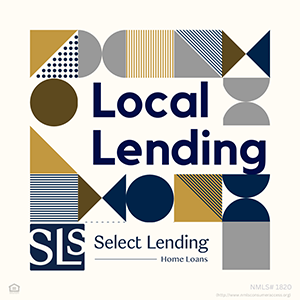
Alternatives to Traditional Down Payments
The idea of putting a minimum of 20 percent down on a home is a myth that can keep some people from trying to buy a home.
While it can be a great way to lower your mortgage payment and convince sellers that you’re serious about buying, coming up with 20 percent of a home’s purchase price can be difficult.
Here are some other options:
A lower down payment is acceptable. Lenders know that the 20 percent rule is a myth, and will often accept much less if you have good credit and a steady job.
The average down payment on a home purchase in 2016 was 11 percent, according to a report on aspiring homebuyers by the National Association of REALTORS®. For borrowers under age 35, the average down payment was just under 8 percent. The largest share of loans for buyers under 35 were for people putting down less than 5 percent or about $3,500. Coming up with 10 percent down, however, can allow you to have a lower credit score—sometimes as low as 500 for an FHA loan—to qualify.
Around 3 percent is common. A few government agencies require only 3 percent or so down. Loan programs backed by Fannie Mae and Freddie Mac require 3 percent down, while the FHA mortgage that targets first-time buyers asks for 3.5 percent down. The FHA mortgage allows the down payment to be a financial gift or from an approved down payment assistance program.
The Fannie Mae HomeReady program allows non-borrowing household members to contribute toward qualifying income. So, if you have an aunt or roommate, their income can be included when qualifying for a home loan.
The programs don’t require perfect credit. The average FICO credit score was 713, but borrowers with a 639 score can still be approved.
People who don’t qualify for such programs can still buy a home with a 639 FICO score, but may need to increase their down payment to 5 percent.
There are no-down-payment options. VA mortgages require no money down for current and former military service members, and most lenders offer them.
Some loans for less than 20 percent down require private mortgage insurance, or PMI, which can add $100 or so to a monthly mortgage; however, VA loans don’t require mortgage insurance.
USDA home loans also don’t require a down payment. These loans are backed by the U.S. Department of Agriculture, and aren’t for farms but for single-family homes that are in less-dense areas of the country.
Piggyback loans are available. These require 5 – 10 percent down and are two mortgages that work best for people with good credit. The first mortgage funds 80 percent of the cost and the second is a 10 percent mortgage—the final 10 percent is a down payment. This eliminates the need for mortgage insurance.
You can find other assistance programs. Down Payment Assistance programs, or DPAs, are run by the government and nonprofits. They offer gifts or no-interest loans to increase homeownership. Nearly 90 percent of all single-family homes in the U.S. are eligible for some kind of DPA.
All of the major loan types listed above allow DPA funds to be used toward a down payment. Your lender should be able to help you find DPAs in your area.




